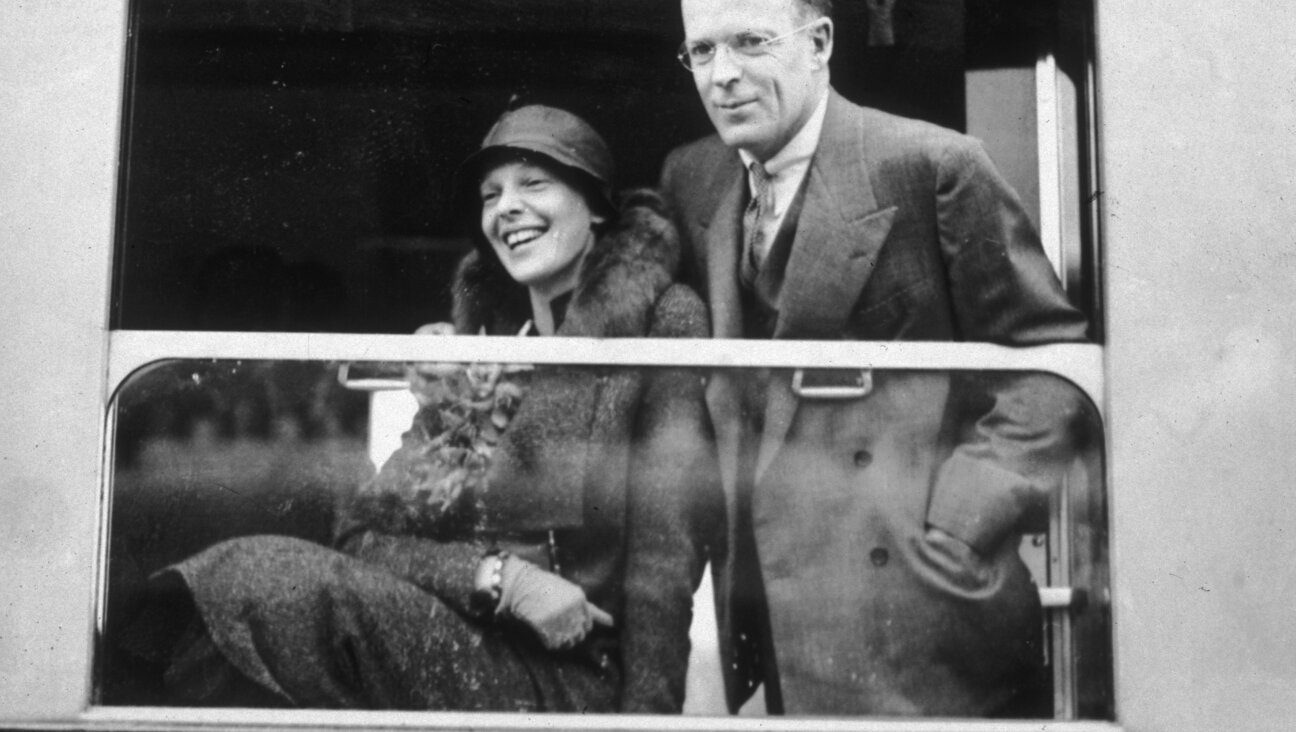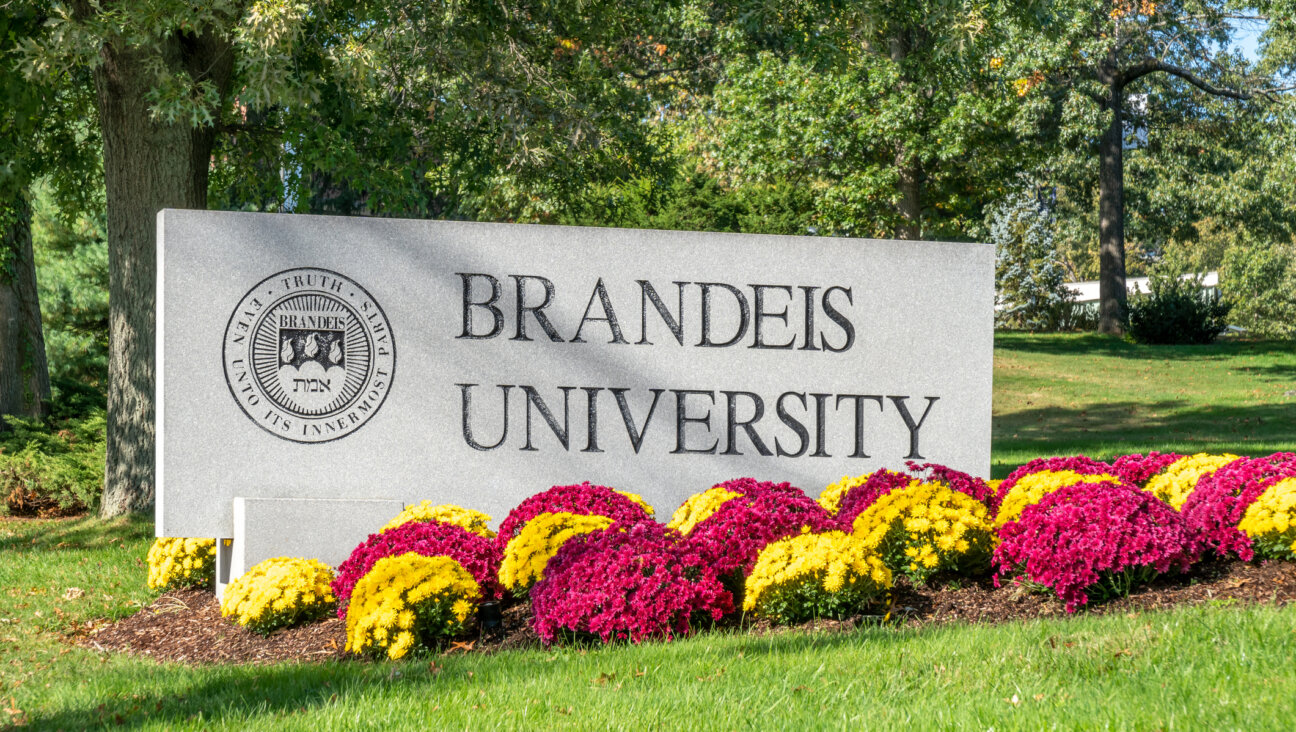Coronavirus exposed a huge gap between the media and the American people

Image by Getty Images
If you’re not part of the political or chattering classes, you might have missed two recent tempests that erupted in tiny teacups on the devil’s banquet of the coronavirus pandemic. Last week, the President insisted on calling the virus that causes COVID-19 the “Chinese virus.” And this week, he’s insulted a number of reporters at his press conferences. For days, the media couldn’t stop talking about the incidents (yours truly was not exempt). But while the media obsessed over the President’s nomenclature and attacks against themselves, no one else seemed to care. As of this writing, 60% of Americans approve of his handling of the COVID-19 crisis, according to a new Gallup poll. His approval rating is the highest of his entire presidency.
It was a stark reminder of how little the media’s concerns reflect those of the nation more widely. It’s a gap that’s only growing, reflected in the incredulous and disgusted tweets of major media figures when they come across the president’s polling numbers. In fact, the true polarization in American life is not between Republican and Democratic voters, but between the American electorate and its representatives in government and in the media, who exist in a radically polarizing feedback loop that has disconnected them from the American people like two moons orbiting each other that have lost the centripetal pull to the planet they once circled.
Of course, this is hard to see if you’re on one of those moons. So it’s no surprise that media personalities think that the polarization that’s happening in their class is representative of how Americans feel. Thus, Ezra Klein’s new book “Why We’re Polarized.” The “we” in the title is presumably America, though the question in Klein’s title is not the one he ultimately answers. “This is not a book about people,” Klein admits in the introduction. Instead, he focuses on braiding together the insights of two other sources of information — “politicians, activists, government officials” and “political scientists, sociologists, historians” – to make the case that politics has become more polarized to appeal to a more polarized public, effectively polarizing the public further in a feedback loop.
The book explores the history of American politics, showing how the two parties used to be a lot more similar to each other, resulting in a large percentage of Americans splitting their votes between Republicans and Democrats. This essentially kept politics from being too polarized because people’s identities weren’t bound up in it; the parties were just too similar to allow for that kind of investment. Klein argues that as the parties differentiated themselves, different kinds of Americans began sorting themselves into the parties, merging racial, religious, geographic and cultural identities with political ones and making politics more personal, more urgent, and crucially more defined against the other side.
But Klein’s argument is undercut by a number of facts, some of which are his own observations. Take the fact Klein mentions that less than half of Republicans or Democrats think the other party is “a threat to the nation’s well-being,” a statistic the Pew Research Center found as recently as 2016. Or consider another fact Klein brings up: the era in which Washington was least polarized, when the Dixiecrats reigned across the Jim Crow South, “political consensus rested on a foundation of racial bigotry that most would find abhorrent today,” a political system “far more ideologically extreme than the one we have today, even as it was less polarized.” “Polarization begets polarization,” he writes. “But it doesn’t beget extremism.”
In fact, what Klein is describing is not so much polarization as sorting: He hasn’t shown that Americans have migrated to two distant poles on a spectrum, so much as that they have formed two distinct camps, neither of which is at an extreme. “When polarization is driven by allegiance to political parties, it can be moderating,” Klein admits. In other words, just as the Dixiecrats and the Republicans of pre-Civil Rights America were more or less united in their racism, today’s Republicans and Democrats are more or less united in their opposition to it. (I guess “Why We’re Sorted” is a worse book title.)
One wonders: If polarization is correlated with an America moderating itself away from racism into two less-racist camps, what makes it a crisis? And we are getting less racist – something that polling shows and that Klein, too, admits throughout the book. Despite arguing that there is a growing sense of white racial solidarity, the logical endgame of a national politics based on identity, researchers have found that most feel this solidarity “without an accompanying sense of racial hostility,” writes Klein. In fact, Trump himself is a mix of more and less popular versions of white identity politics, and even his ardent base objects to outright racism, writes Klein: The president combines “a focus on protecting native-born whites from both immigrant competition and foreign competition” – popular with the base – “with unpopular displays of racism and bigotry.”
The idea that politics is about identities rather than ideas or policies is Klein’s central thesis. It’s an argument that erases the political sphere altogether, rooting all politics in the body (Hannah Arendt would not approve; she believed that humans’ natural tendency towards prejudice and hatred and our natural state of inequality were precisely the things the political realm was designed to help us escape). But here, too, the argument doesn’t quite stand up to a crucial counterexample. Klein contends that Democrats and Republicans are sorting themselves by religion and race. He cites research by the Pew Research Center from 2002 which found that 50% of Republicans and 52% of Democrats said it wasn’t necessary to believe in God to be a moral person. By 2017, it was 47% of Republicans but 64% of Democrats. But Democrats are hardly a collection of atheists; African Americans are actually more likely than the overall public to be Christian, while remaining the Democrats’ most reliable base of voters. And while 13% of Democrats say they don’t believe in God, compared to just 5% of Republicans, that means that 87% of Democrats are in agreement with 95% of Republicans – hardly a sign of polarization.
Klein does an excellent job exposing the underbelly of 21st century media operations, and the way Trump worked essentially as a marketer – not just for himself, but for the media he loves to hate. And if the book had been titled, “How Media and Political Elites Are Polarizing Each Other,” it would have been an extremely successful and convincing argument. But the second half of the thesis, which argues that this phenomenon carries over from these elites and the American electorate, simply doesn’t stand up.
He cites the work of political scientists Christopher D. Johnston, Howard G. Lavine, and Christopher M. Federico in “Open versus Closed: Personality, Identity, and the Politics of Redistribution,” to argue that “the least-engaged voters tend to look at politics through the lens of material self-interest (‘what will this policy do for me?’) while the most-engaged look at politics through the lens of identity (‘what does support for this policy position say about me?’).” Left unsaid is that the majority of American voters are not very engaged politically; 54% hold a roughly equal mix of conservative and liberal positions, or don’t follow the news at all.
Klein realizes this. “We talk a lot about the left-right polarization in the political news,” he writes. “We don’t talk enough about the divide that precedes it: the chasm separating the interested from the uninterested.” But just a few pages later, he cites a study of Twitter users to make the case that Americans are unpersuadable (I could have told you that Twitter users are unpersuadable) – when just 22% percent of Americans use Twitter, and they tend to be younger, wealthier and more educated than the nation at large. In fact, the effects predicted by the Twitter study were undercut by another study Klein cites just after it, which found that when you allowed people who didn’t want to be watching the news to flip the channel, the polarization effect dissipated entirely. That’s because the uninvested, who don’t spend their time raging on Twitter, actually are persuadable, a fact Klein seems close to realizing before he returns to his thesis.
In other words, Klein goes from an obvious observation – that political elites and party activists are addicted to cable news and Twitter – to a much more contentious claim, that they have polarized the electorate. But he doesn’t actually prove this second half. And there’s much evidence to suggest it’s not the case.
It’s not just the many, many Americans who are disengaged – and thus much less polarized. Nor is it the 8.4 million voters who went from Obama to Trump, unaccounted for in Klein’s model (you read that right: 8.4 million), or the Republicans who voted for Joe Biden in Virginia. It’s that the poles don’t seem to exist at all anymore.
Take the Democratic primary. Klein’s argument that the polarization of the media and politicians bleeds out to the electorate would have predicted certain victory for Vermont Senator Bernie Sanders, a democratic socialist with a radical leftist agenda. And yet, Sanders has been all but vanquished by the moderate Joe Biden, despite outspending him by millions of dollars. This is hard to square with Klein’s analysis.
And on the other side of the aisle, Klein casts Trump as Sanders’ mirror image in the Republican Party, proof of the party moving to a rightward extreme. And yet, Trump just doesn’t represent the apotheosis of Republican ideology or policy at all. The Republicans have long stood for American exceptionalism, endless war, free market economics and an aversion to Russia. President Trump stands for just the opposite.
Take, for example, the trade agreement with Mexico, the USMCA, that Trump pushed to replace NAFTA and signed into law. By all accounts, it’s the most pro-labor, environmentally friendly trade agreement the U.S. has ever entered into. In addition to new environmental provisions, 40% of car parts must be made by workers who earn at least $16 an hour, and cars must have 75% of their parts made in North America to qualify for zero tariffs. Yet it was Trump who pushed for the deal aggressively, instructing Republicans to capitulate to the Democrats on all of their conditions, causing Pennsylvania Republican Patrick Toomey to complain that “it seemed to be just a one-way direction in the direction of Democrats.”
It’s not just the USMCA. In his trade war with China, Trump took up actions that labor unions and other liberals have long demanded. And these policies have paid off – as Democrats correctly believed they would. Until the Coronavirus sent the markets into freefall, the US was enjoying the longest period of growth in its history. Speaking of which, the Senate’s $2 trillion stimulus package includes $1,200 checks to many Americans — something Treasury Secretary Steven Mnuchin had already decided on before negotiations with the Democrats.
Trump doesn’t represent the apotheosis of extreme Republican views so much as the scrambling of American political categories of right and left.
Klein admits that Trump doesn’t have traditional Republican values. But he suggests that it was elites – politicians like Ted Cruz endorsing Trump – that convinced the Republican electorate to vote for him, when it is certainly the case that it was the opposite: Trump’s polling convinced Cruz to endorse him, despite what is an avowedly liberal economic platform.
But the scrambling of the parties’ priorities goes beyond the economy. President Trump’s First Step Act is a criminal justice reform bill has already helped free thousands of prison inmates, 91% of whom were black. And he’s not the lone Republican to have taken on the cause; red states like Oklahoma, Georgia and Idaho have been quietly releasing prisoners and reforming their criminal justice systems for the better part of a decade.
The truth is, despite losing at the ballot box, the left has won the culture wars; though the Republicans are helmed by a man who makes a habit of racist and misogynistic invective, conservatives have by and large disavowed racism and sexism, and even homophobia. Support for gay marriage has skyrocketed on the right, from 23% in 2001 to 44% in 2019, just like support for interracial marriage, with 88% of Republicans saying either that interracial marriage is good or, more commonly, that it doesn’t make a difference what race the person you marry is. The House just passed a near unanimous bill outlawing lynching, a bill that had bedeviled previous generations.
And on other culture wars issues, our sorting has, as Klein predicted, moderated us. Nearly 90% of Americans favor increased mental health funding to screen and treat people trying to buy a gun. 83% favor background checks, and 72% favor red flag laws. As recently as 2018, Republicans and Democrats were equally likely to say they were satisfied with their healthcare costs (60% vs. 61%). And with the majority of Democrats holding strong to the belief that abortion should only be legal in the first trimester, there just isn’t that much that divides us anymore.
The true mystery of American life is not why we’re polarized but why we aren’t, despite the fact that our politicians and media so desperately want us to be. It’s something we should take deep pride in. If those in the media and the government who purport to represent us actually did so, they would spend less time in a self-radicalizing call and response with the President, and more time focusing on what unites us.
Batya Ungar-Sargon is the opinion editor of the Forward.

















